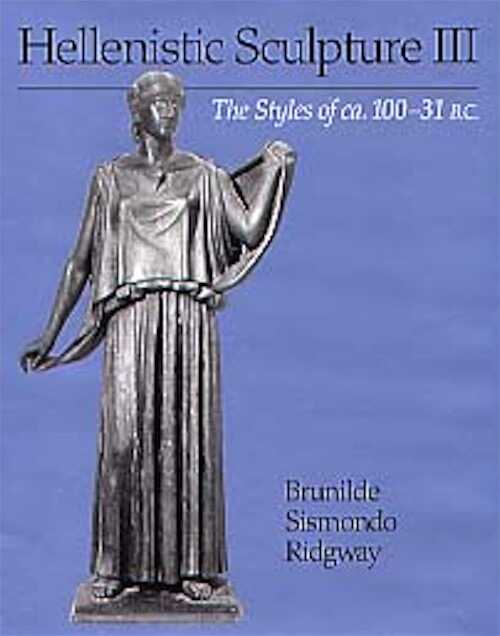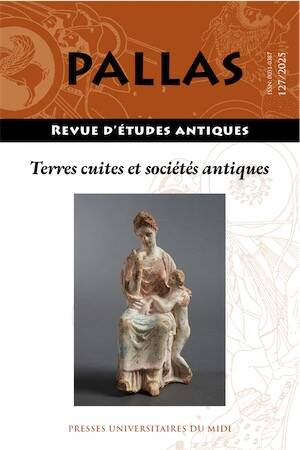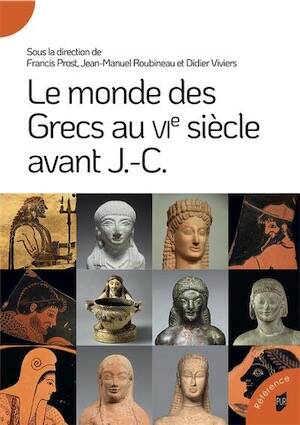- Recherche
- Recherche avancée

Epuisé
VERSION BROCHÉE ÉPUISÉE - VOIR VERSION RELIÉE RÉFÉRENCE 24977 - Hellenistic Sculpture III, The Styles of ca. 100–31 B. C. Greek and Hellenistic sculpture at the beginnings of the Roman Empire, 2002, 400 p., 50 ill. n.b., 29 ill. coul., br. -
This is the final volume in Brunilde Sismondo Ridgway's series of books covering the entire range of Greek sculpture, from its inception to its virtual end as it merged into the production of the Roman Imperial world. Volume III discusses sculptural works, both architectural and free-standing, from approximately 100 B.C. to the Battle of Actium (31 B.C.), which removed from power the last Hellenistic ruler. Although some monuments may belong to the years just before or just after this timespan, Ridgway's aim is to concentrate on works plausibly dated to the first century B.C., even those with highly controversial chronologies. Famous sculptures — the Laokoon, the epic groups from the Sperlonga cave, the Belvedere Torso, the bronze Boxer in the Terme Museum, and many others — are discussed together with less well known pieces. Ridgway gives special emphasis to the finds from two shipwrecks — the Mahdia and the Antikythera wrecks — that provide a reasonable terminus ante quem, and argues that many of the stylistic trends and decorative objects usually considered typically Roman instead have their roots in the Greek world. This last Hellenistic phase is perhaps the most interesting of the three because it documents, to a great extent, the transformation of the products of one culture into those of another with different interests and priorities. Far from being an unimaginative, inferior output driven by commercial considerations, the statuary of the 1st century B.C. is vibrant and inventive, drawing from many sources in a stylistic eclecticism.
Référence : 23080.
Anglais
Retour
Dans la même époque
Nouveauté

25,00 €
Nouveauté

34,00 €
Nouveauté

25,90 €

